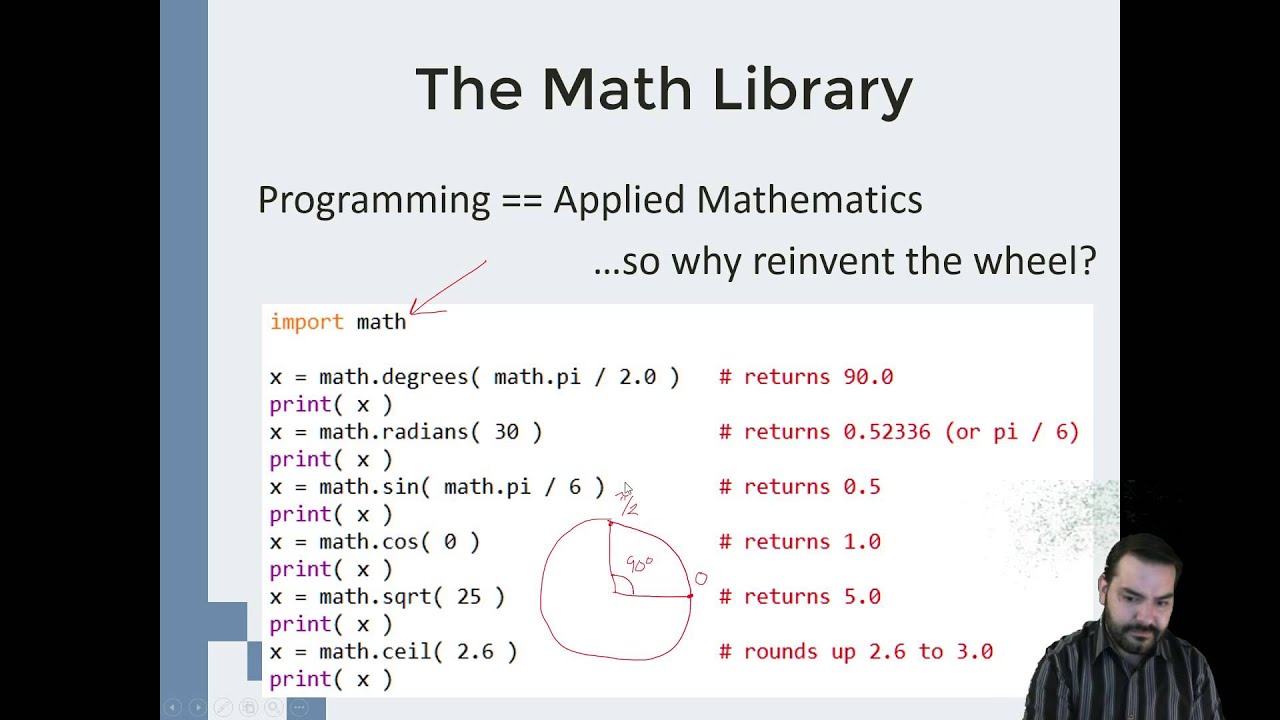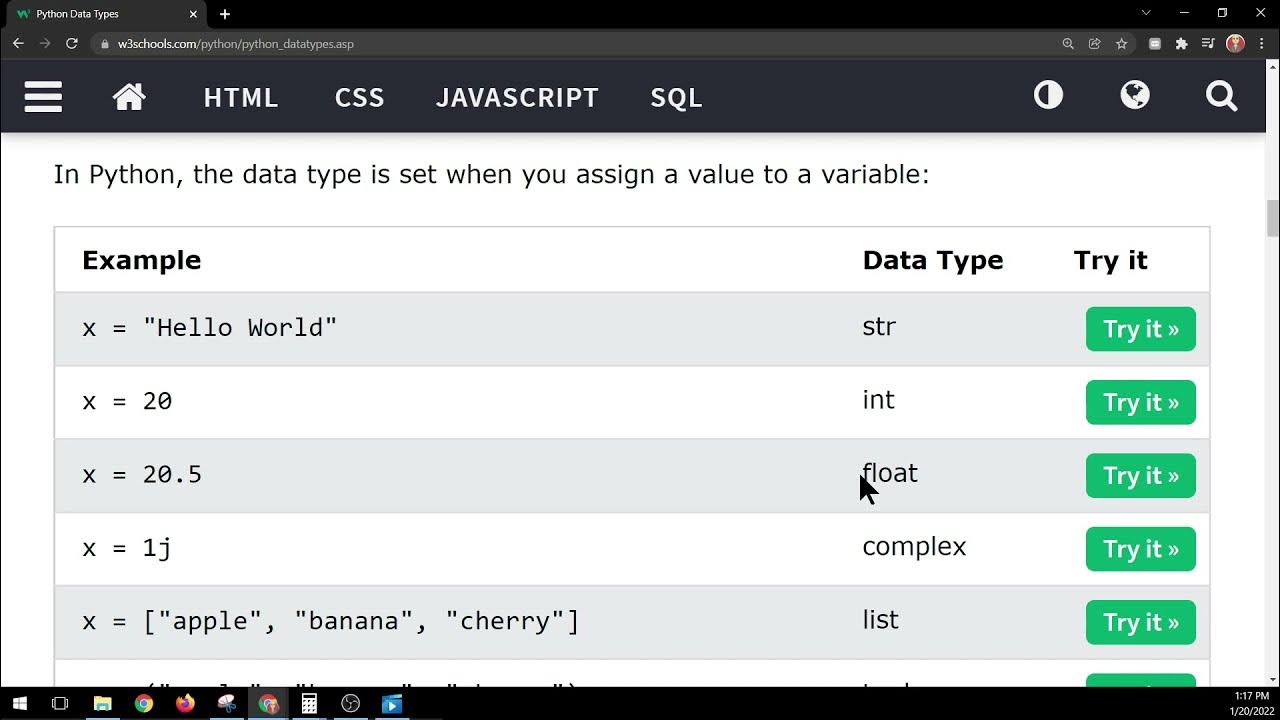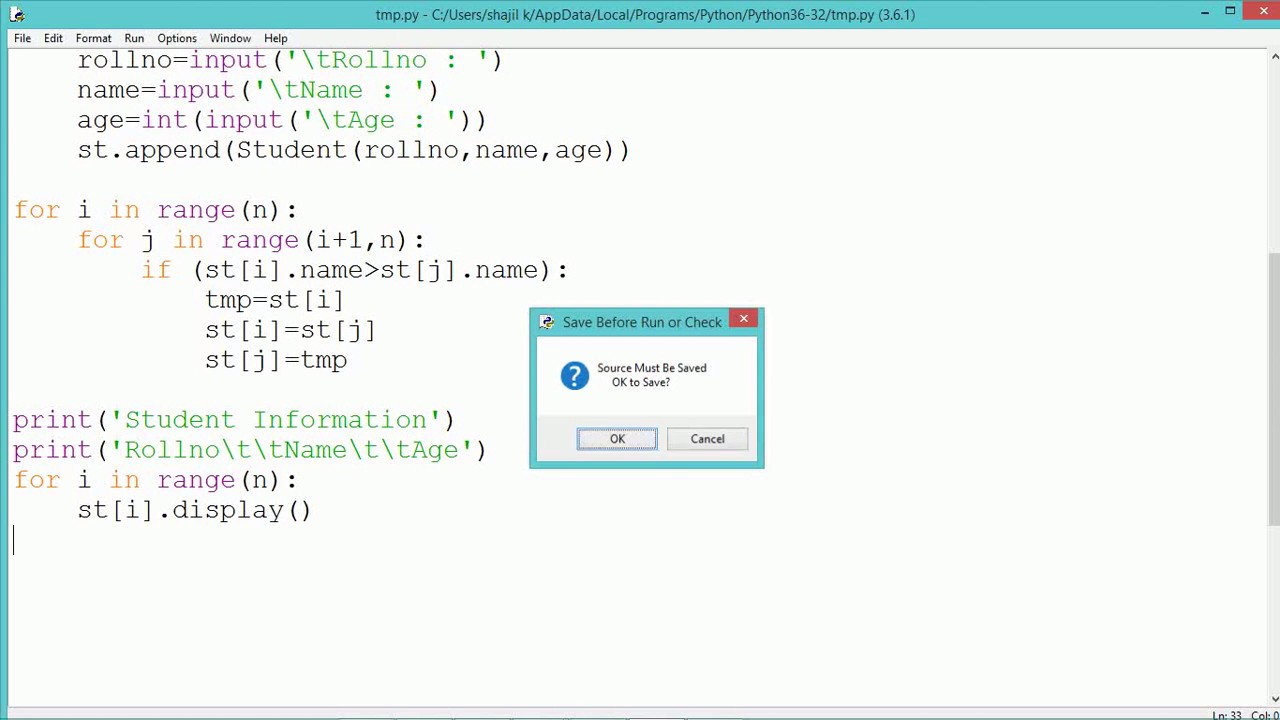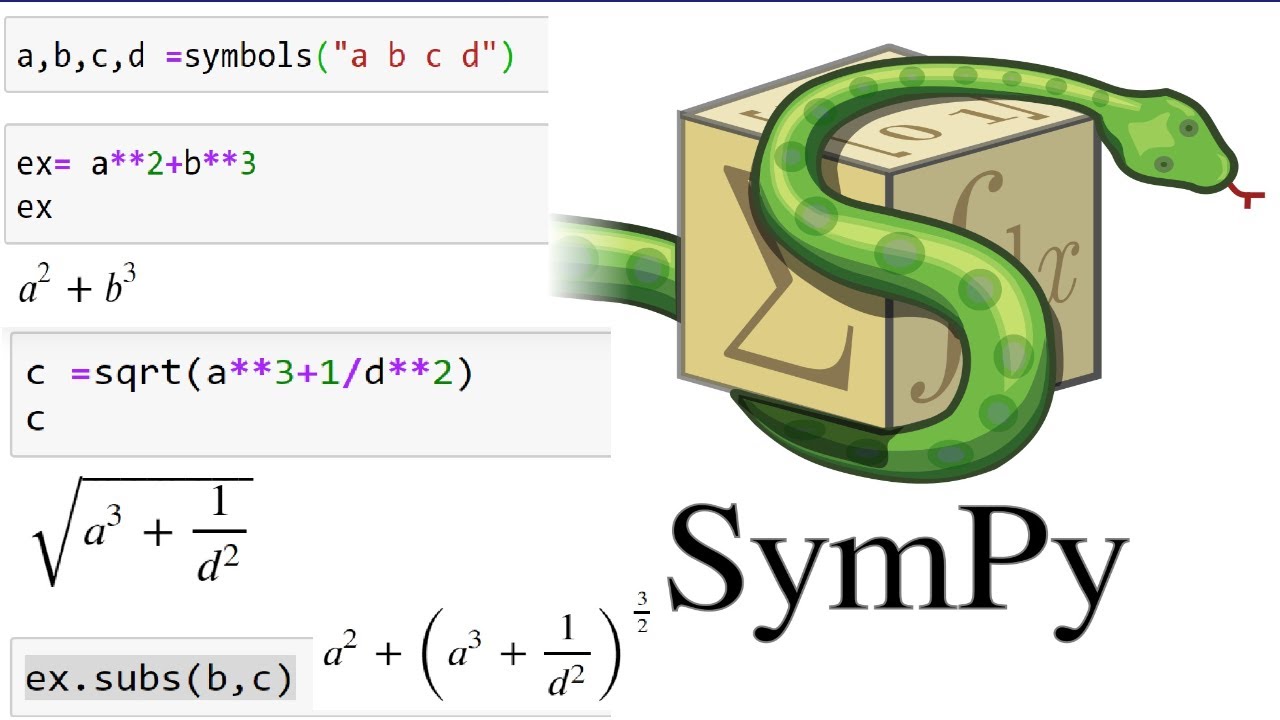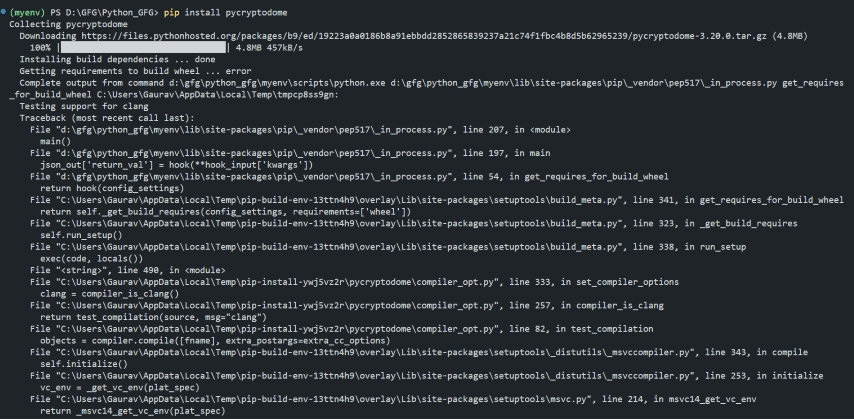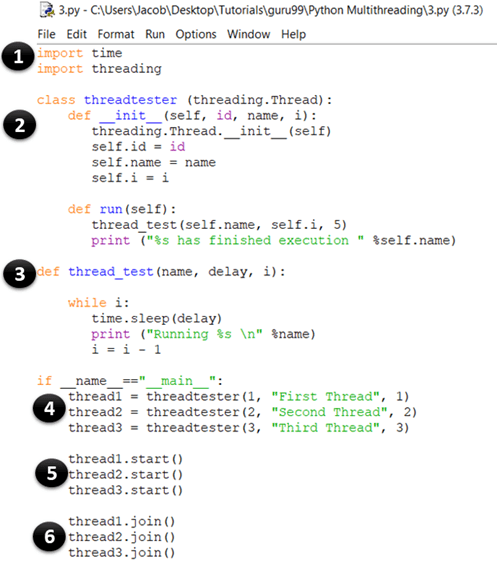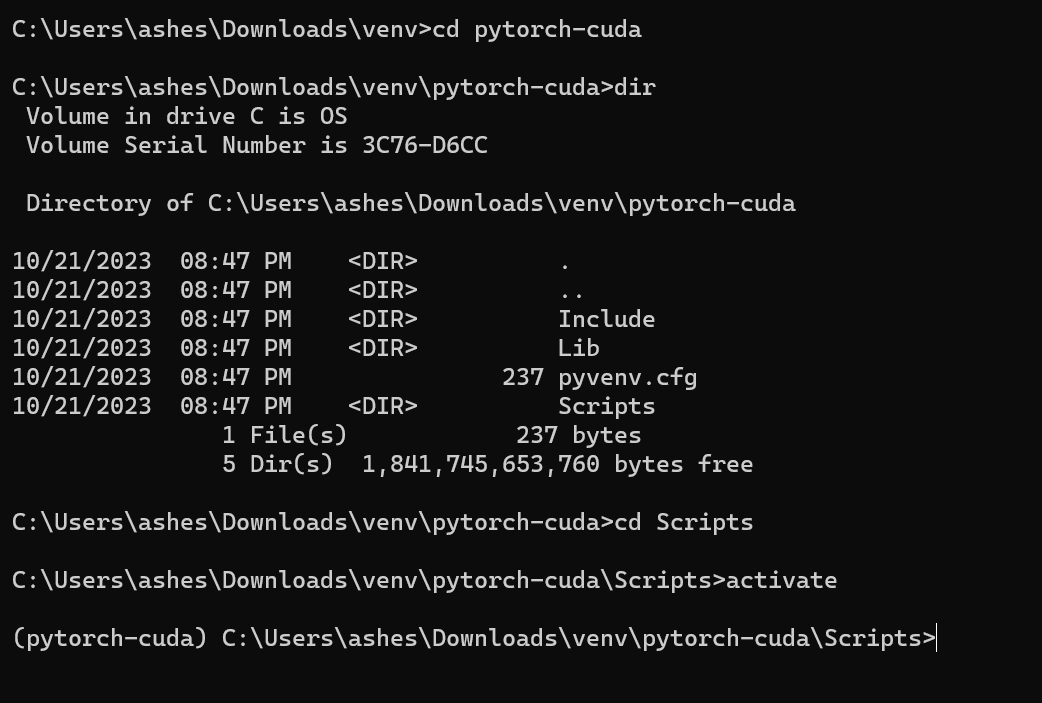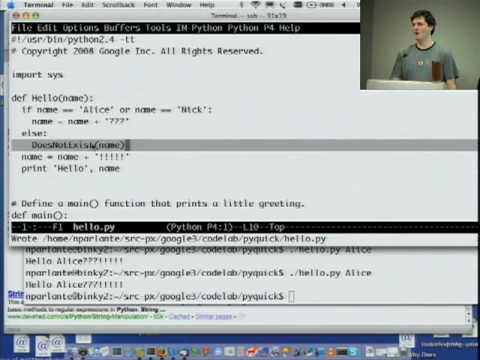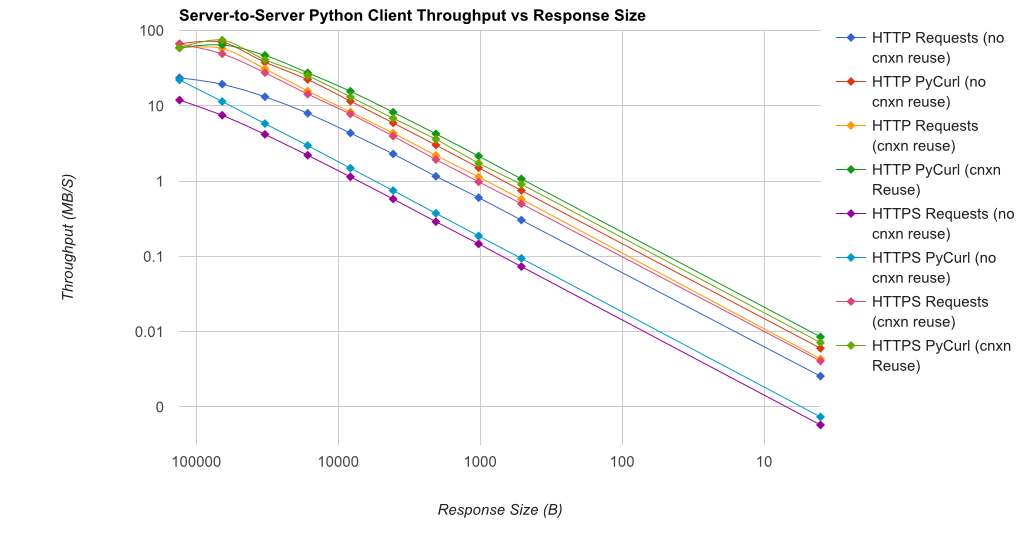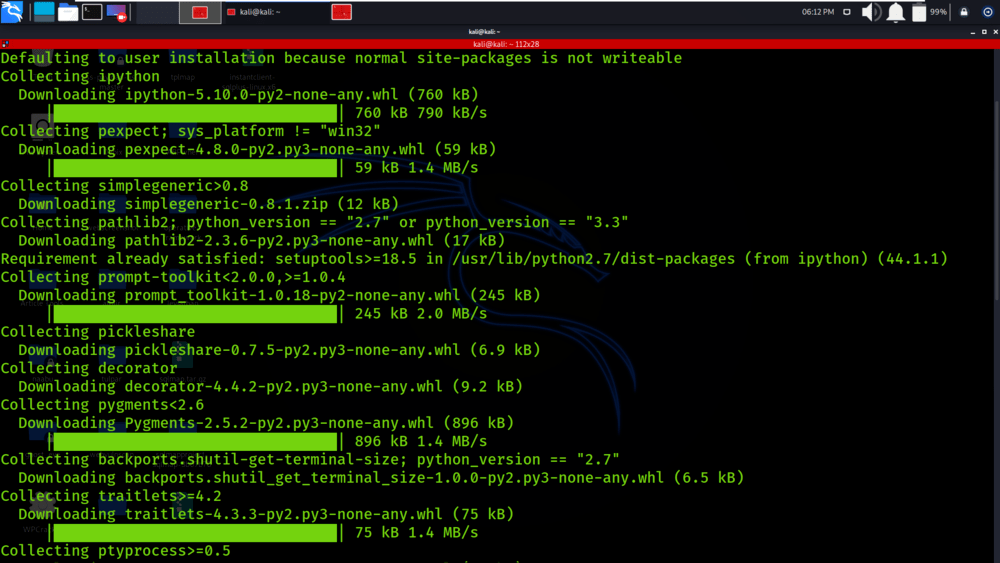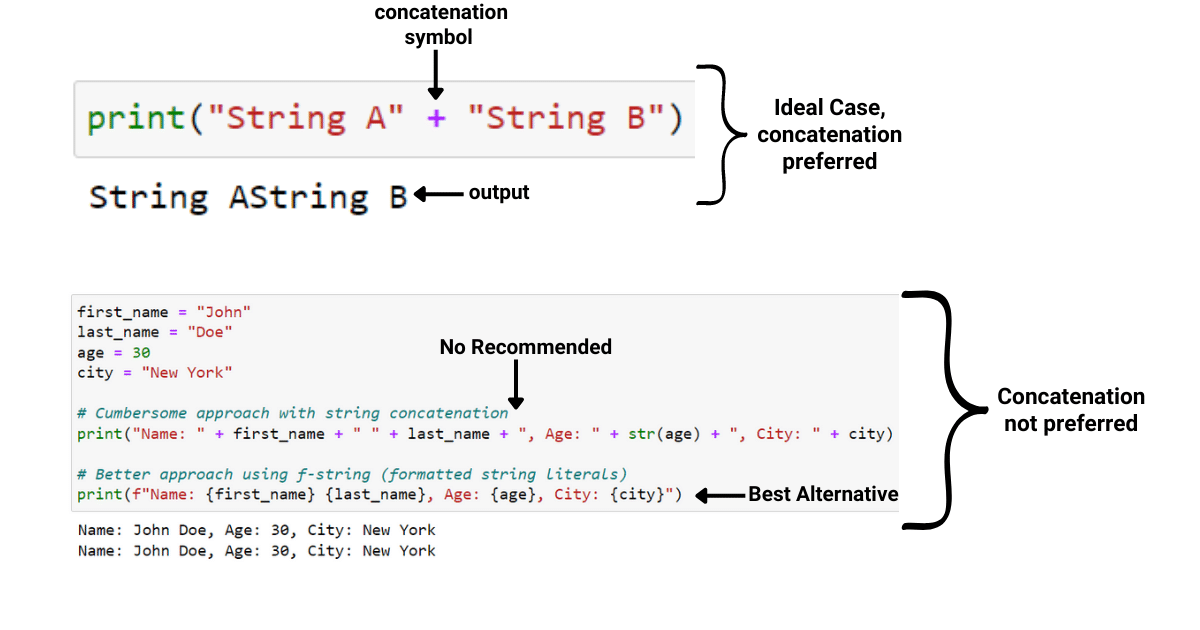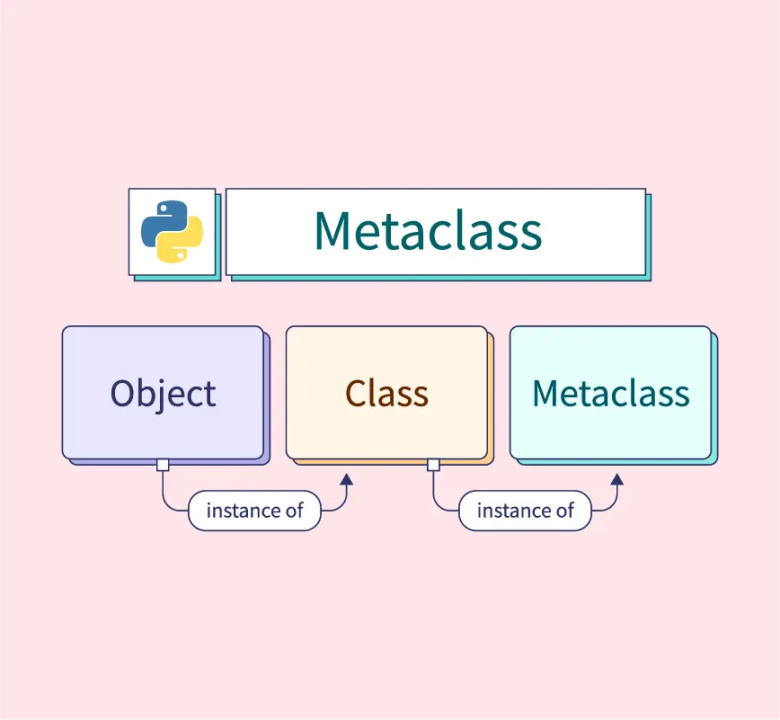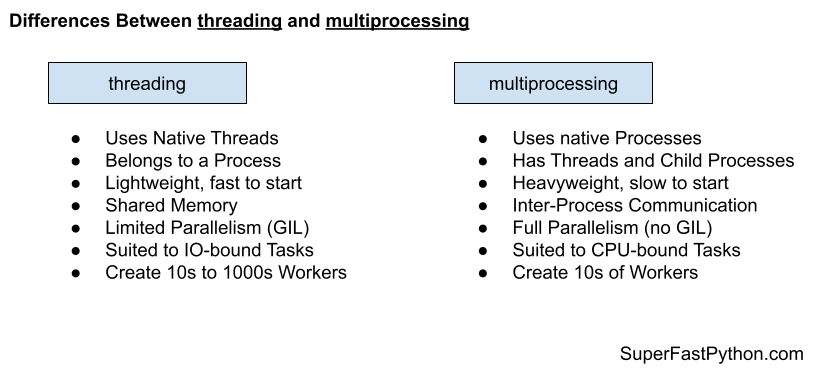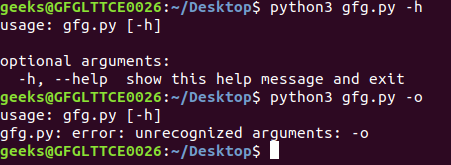Can I use XML with Python?
Can I use XML with Python?
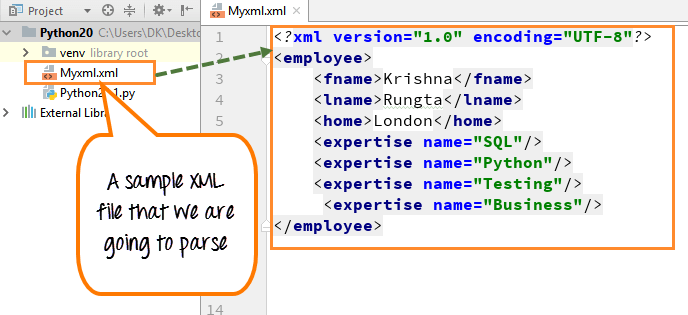
Python has built-in support for parsing and generating XML files using the xml.etree.ElementTree module. Here's an overview of how you can work with XML in Python:
Parsing XML:
You can parse an XML file into a Python object tree structure using the following steps:
Import theElementTree class from the xml.etree.ElementTree module. Load your XML file into memory as a string or a file-like object. Parse the XML data into an ElementTree object, which is a hierarchical representation of the XML document's structure.
Here's some example code to get you started:
import xml.etree.ElementTree as ET Load XML file from stringxml_string = """
John
30
Jane
25
"""
Parse XML string into an ElementTree objectroot = ET.fromstring(xml_string)
Print the contents of each person nodefor person in root.findall('.//person'):
print(f"Name: {person.find('name').text}, Age: {person.find('age').text}")
Generating XML:
You can generate an XML file from a Python object tree structure using the following steps:
Import theElementTree class from the xml.etree.ElementTree module. Create a root element and its child elements to represent your data. Convert the ElementTree object into a string representation of your XML data.
Here's some example code to get you started:
import xml.etree.ElementTree as ET Create an ElementTree object for the root noderoot = ET.Element('root')
Add child elements to represent person nodesperson1 = ET.SubElement(root, 'person')
person1.find('name').text = 'John'
person1.find('age').text = '30'
person2 = ET.SubElement(root, 'person')
person2.find('name').text = 'Jane'
person2.find('age').text = '25'
Convert the ElementTree object into an XML stringxml_string = ET.tostring(root, encoding='unicode')
print(xml_string)
Additional Tips:
When working with complex XML structures or large files, it's often more efficient to use a streaming parser likexml.etree.ElementTree.iterparse() instead of loading the entire file into memory. If you need to validate your XML against a specific schema (e.g., DTD, XSD), consider using an external library like lxml or xmlschema. Python's built-in XML support is generally suitable for small- to medium-sized projects. For larger projects or more advanced XML processing needs, consider using a dedicated XML library like lxml.
Overall, Python provides a solid foundation for working with XML files, and the xml.etree.ElementTree module offers a convenient way to parse and generate XML data.
How to read XML file in Python ElementTree?
I'm happy to help you with that! Here's a comprehensive guide on how to read an XML file using the xml.etree.ElementTree module in Python.
What is XML (Extensible Markup Language)?
XML is a markup language used for storing and transporting data between systems, applications, and web services. It's similar to HTML, but instead of displaying data, XML is used to store and transport structured data.
What is ElementTree?
The xml.etree.ElementTree module in Python provides an implementation of the XML tree element type. It's a simple, straightforward way to parse XML files and work with the elements and attributes within them.
Reading an XML File using ElementTree
To read an XML file using ElementTree, you'll need to:
Import the necessary modules:import xml.etree.ElementTree as ET Parse the XML file: tree = ET.parse('file.xml') (replace 'file.xml' with your actual XML file name) Get the root element: root = tree.getroot()
Here's an example of how you can read a simple XML file:
John
30
Jane
25
To read this XML file, you would use the following code:
import xml.etree.ElementTree as ET
tree = ET.parse('people.xml')
root = tree.getroot()
Print the root element (people)
print(root.tag)
Iterate over the person elements
for person in root.findall('.//person'):
Print the name and age of each person
print(f"Name: {person.find('name').text}, Age: {person.find('age').text}")
This code will output:
people
Name: John, Age: 30
Name: Jane, Age: 25
Additional Methods and Examples
Here are some additional methods and examples to get you started:
find(): Find the first occurrence of an element with a specific tag. Example: root.find('person'). findall(): Find all occurrences of elements with a specific tag. Example: root.findall('.//person'). attrib: Get the attributes of an element. Example: person.attrib['age']. text: Get the text content of an element. Example: person.find('name').text.
Here's an example using these methods:
import xml.etree.ElementTree as ET
tree = ET.parse('people.xml')
root = tree.getroot()
Find all person elements with age > 30
older_people = root.findall('.//person[age > 30]')
for person in older_people:
print(f"Name: {person.find('name').text}, Age: {int(person.find('age').text)}")
This code will output the names and ages of all people with an age greater than 30.
Conclusion
In this article, we've covered the basics of reading XML files using ElementTree in Python. We've learned how to parse an XML file, get the root element, iterate over elements, and use additional methods like find() and attrib. With these skills, you're ready to start working with XML data in your Python projects!

